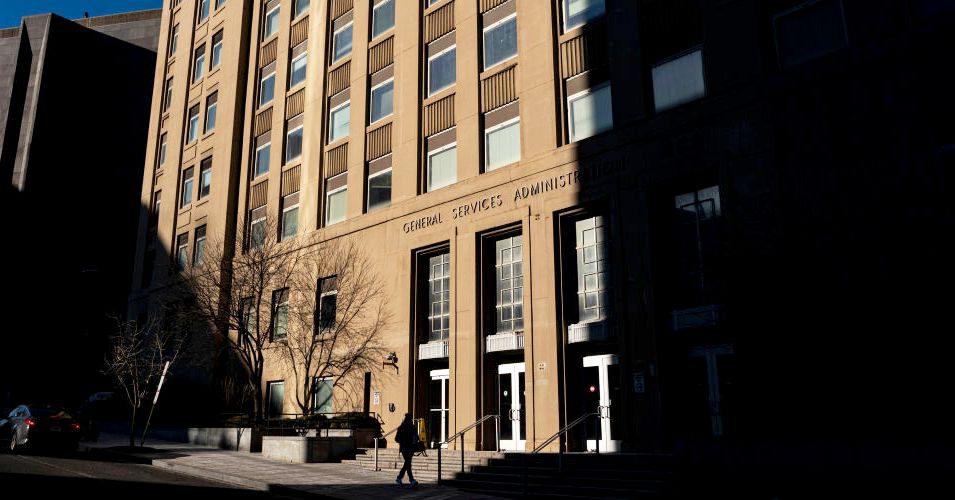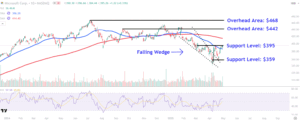Federal Employees Demand Solutions Over AI Demonstrations from Trump Appointee at All-Hands Meeting

GSA’s Employee Concerns and AI Integration
Introduction to GSA’s Tool Procurement
The General Services Administration (GSA) is responsible for acquiring tools that help in the efficient functioning of government operations. Employees are increasingly voicing their frustrations about the agency’s recent transitions, especially regarding the discontinuation of widely used software and the push for a return to in-office work.
Employee Reactions to Tool Changes
During internal meetings, employees expressed their dissatisfaction with the removal of essential tools like Adobe Pro. One concerned employee asked, "When will Adobe Pro be back with us?" highlighting its necessity for daily tasks. Others noted the redundancy of using artificial intelligence (AI) for processes like organizing workforce reductions. A GSA staff member questioned how the return to in-office work would foster collaboration, as many clients and team members would still be working remotely.
The Enigma of the DOGE Team
In a recent discussion, an employee inquired about the DOGE team at GSA, only to be met with uncertainty. According to GSA leadership, no such team exists. However, numerous employees disputed this claim, mentioning young individuals seen in the office who resembled DOGE staff, specific anecdotes about their demeanor, and behaviors that suggested their association with the initiative.
GSA Leadership’s Presentation
During a presentation, GSA Administrator Ehikian showcased the agency’s strategic goals. These included optimizing operations, encouraging deregulation, adopting IT innovations, and highlighting cost-saving measures. He reported that GSA had reportedly saved around $1.84 billion, with over 1,383 employees using generative AI tools and mentioning significant hours saved through automation. GSA’s efforts also included cutting down on government-issued credit cards and leases.
Scrutiny Over Cost-Saving Claims
Several employees expressed skepticism regarding the savings figures mentioned by GSA. One employee pointed out that any calculations for efficiency should account for the overall impact on services delivered to the public. They cautioned that while cuts could lower expenses, the value of services might also diminish, posing a risk to public satisfaction.
Vision for the Future
In a section dubbed "The Road Ahead," Ehikian outlined the agency’s future goals. Among the proposals was the optimization of the federal real estate portfolio and centralization of procurement processes. Other objectives included easing compliance burdens to encourage more competition, making data accessible across teams, and enhancing software spending strategies.
Employee Concerns Over Future Direction
Online channels revealed that concerns were growing among employees about potential conflicts of interest for GSA leaders. One employee raised a provocative question regarding whether administrator Ehikian would refrain from engaging in federal contracts related to AI and IT post-tenure. This question reflects a broader unease about the transparency and integrity of the agency’s decision-making processes.
Summary of Current Atmosphere at GSA
Overall, the atmosphere within the GSA appears tense, as employees grapple with leadership decisions that challenge their everyday operations and job satisfaction. The call for clarity and reassurance regarding the agency’s long-term strategy and employee welfare remains a focal point of discussion. The need for effective tools, transparent decision-making, and collaboration is more pressing than ever as GSA navigates the complexities of modernization and efficiency.






